If you haven’t heard by now, Spotify is shutting down support for their “Car Thing” on December 9th of this year. Once that happens the automotive media player will officially be useless, with users being advised to literally throw them in the trash come December 10th. Call it an early Christmas present from your friends at the multi-billion dollar streaming company.
Surely the hardware hacking community can do a bit better than that. As it turns out, there’s actually been a fair amount of hacking and research done on the Car Thing, it’s just that most of it happened a couple years back when the device first hit the market. Things stagnated a bit in the intervening years, but now that the clock is ticking, there’s far more interest in cracking open the gadget and seeing what else we can do with it.
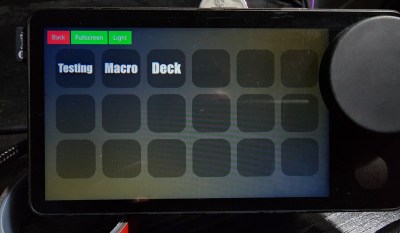
If you’re more into the step-by-step approach, security researcher [Nolen Johnson] did a write-up about getting access to the Car Thing’s internal Linux system back in 2022 that’s certainly worth a look. As you’d imagine, there’s also a few YouTube videos out there that walk the viewer through gaining access to the hardware. This one from [Dinosaur Talks Tech] not only provides a good overview of how to get into the system, but covers flashing modified versions of the stock firmware to unlock various features and tweaking the internal Linux OS.
Interestingly enough, while we’ve seen plenty of homebrew hardware players for Spotify over the years, this is the first time the Car Thing has ever crossed our path. Something tells us though that this isn’t the last time we’ll hear about this forlorn Linux gadget.
Continue reading “Old Spotify Car Thing Hacks Gain New Attention”



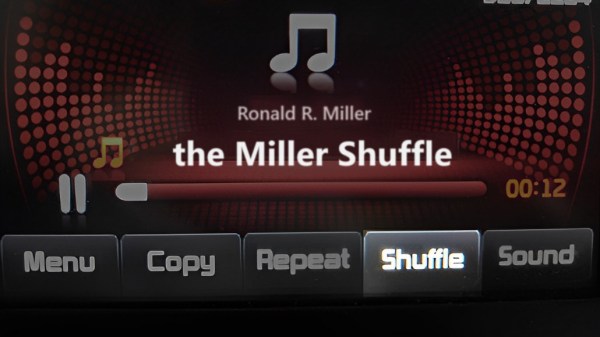
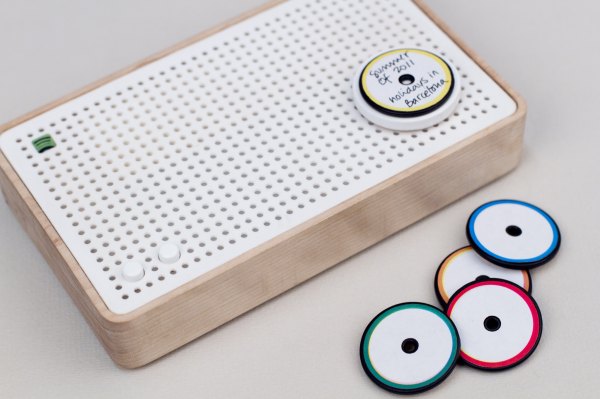


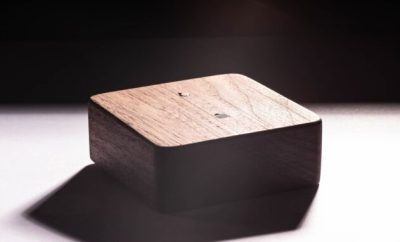
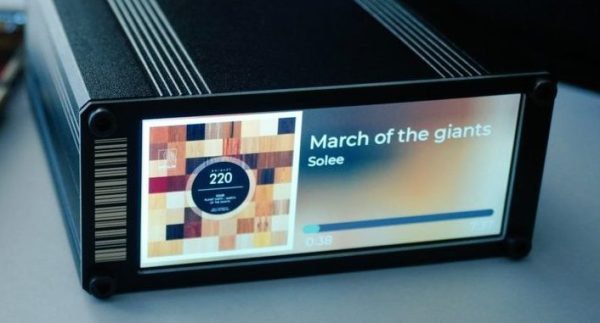
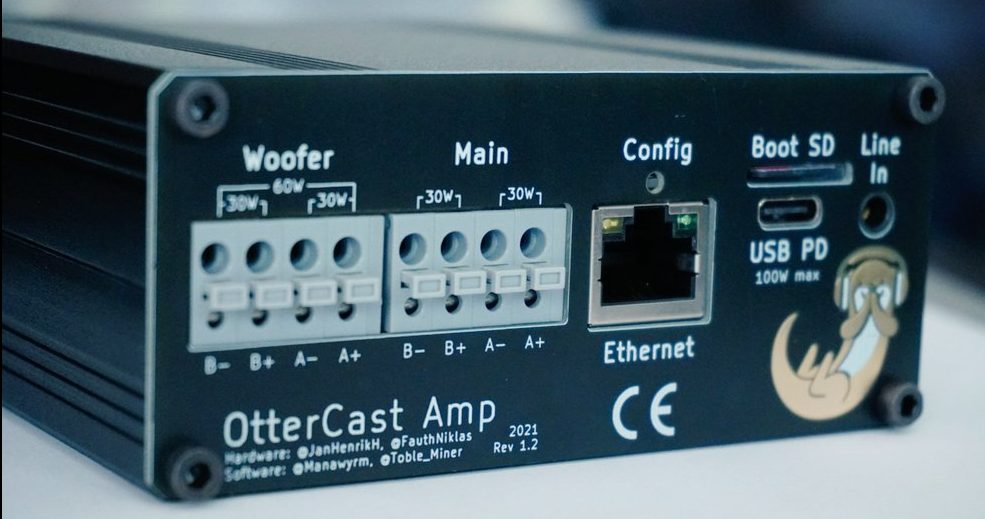
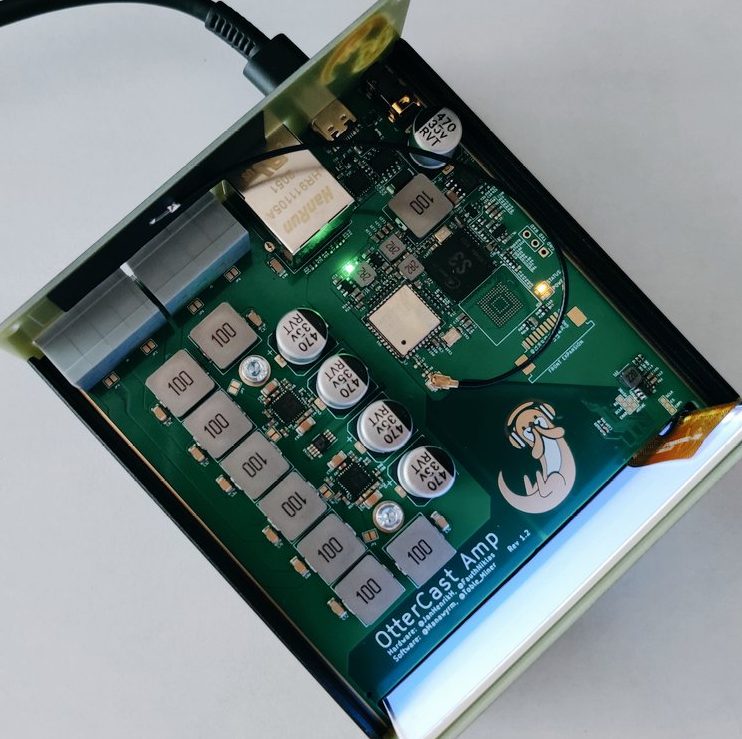 One look at the chassis and it’s clear that unlike the OtterCastAudio this is not a simple Chromecast Audio replacement. The face of the OtterCastAmp is graced by a luscious 340×800 LCD for all the cover art your listening ear can enjoy. And the raft of connectors in the back (and mountain of inductors on the PCBA) make it clear that this is a fully fledged class D amplifier, driving up to 120W of power across four channels. Though it may drive a theoretical 30W or 60W peak across its various outputs, with a maximum supply power of 100W (via USB-C power delivery, naturally) the true maximum output will be a little lower. Rounding out the feature set is an Ethernet jack and some wonderfully designed copper PCB otters to enjoy inside and out.
One look at the chassis and it’s clear that unlike the OtterCastAudio this is not a simple Chromecast Audio replacement. The face of the OtterCastAmp is graced by a luscious 340×800 LCD for all the cover art your listening ear can enjoy. And the raft of connectors in the back (and mountain of inductors on the PCBA) make it clear that this is a fully fledged class D amplifier, driving up to 120W of power across four channels. Though it may drive a theoretical 30W or 60W peak across its various outputs, with a maximum supply power of 100W (via USB-C power delivery, naturally) the true maximum output will be a little lower. Rounding out the feature set is an Ethernet jack and some wonderfully designed copper PCB otters to enjoy inside and out.









